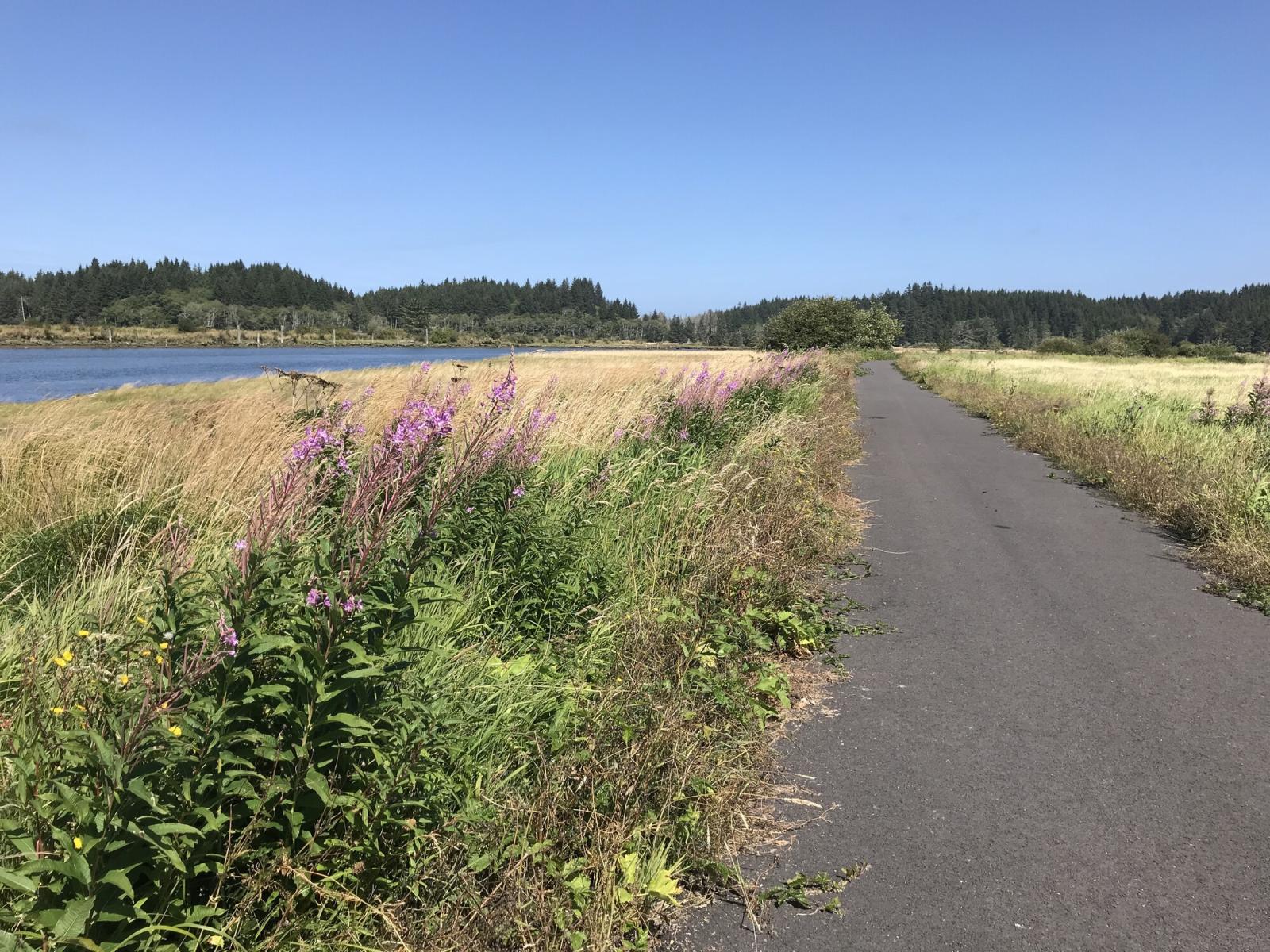Alerts
-
-
WDFW plans drone flights for Elk River Unit
WDFW staff will fly drones over the Elk River Unit of the Johns River Wildlife Area near Westport in Grays Harbor County between May and June, depending on weather and visibility. Read full alert
-

Johns River Wildlife Area Unit
WDFW staff will fly drones over the Johns River Wildlife Area’s Elk River Unit near Westport in Grays Harbor County between May and June, depending on weather and visibility. The purpose is to gather data on habitat conditions before beginning restoration projects. Flights will be exclusively on public land and will focus on the upland forested area of the property.
Up-to-date aerial imagery will help to inform WDFW’s long-term forestry planning. The Department manages the Elk River Unit to conserve coastal wetlands, support waterfowl habitat, and promote species diversity.
WDFW manages 7 acres of meadow and 23 acres of forestland in the Butterfly Shores development, down 158th Place in Long Beach. The Department bought the land in 1990 specifically to provide habitat for the federally endangered Oregon Silverspot butterfly, which requires meadow-like habitat to survive. Maintaining a meadow suitable to this butterfly requires frequent attention, including mowing, grazing, herbicide application, or burning.
The Johns River Wildlife Area is located in Grays Harbor County and Pacific County, and covers approximately 11,200 acres of land. The wildlife area's units are found mostly in Grays Harbor and Willapa bay near the coast of the Pacific Ocean on the Olympic Peninsula.
Wildlife area management is focused primarily on the estuary and wetland habitats that support a diversity of wildlife, from big and small game species to songbirds, as well as native fish populations, including federally endangered species. The units are additionally managed to facilitate recreational activities associated with fish and wildlife.
By actively managing lands, restoring habitats, and preserving wild places, the department serves as stewards for Washington's natural places, protecting the state's land and water for its human and wildlife populations.
Wildlife area units
Management planning
2006 Olympic-Willapa Hills Wildlife Area Management Plan
Every eight to 10 years, the Washington Department of Fish and Wildlife (WDFW) revises management plans for each of its 33 wildlife areas to document current conditions, address new agency initiatives, and identify new management priorities and actions. In between those major revisions, WDFW updates plans every two years to outline short-term objectives and accomplishments. In 2014, WDFW began the process of updating existing plans, many of which were written in 2006. The new plans are being developed with significant public participation and input.